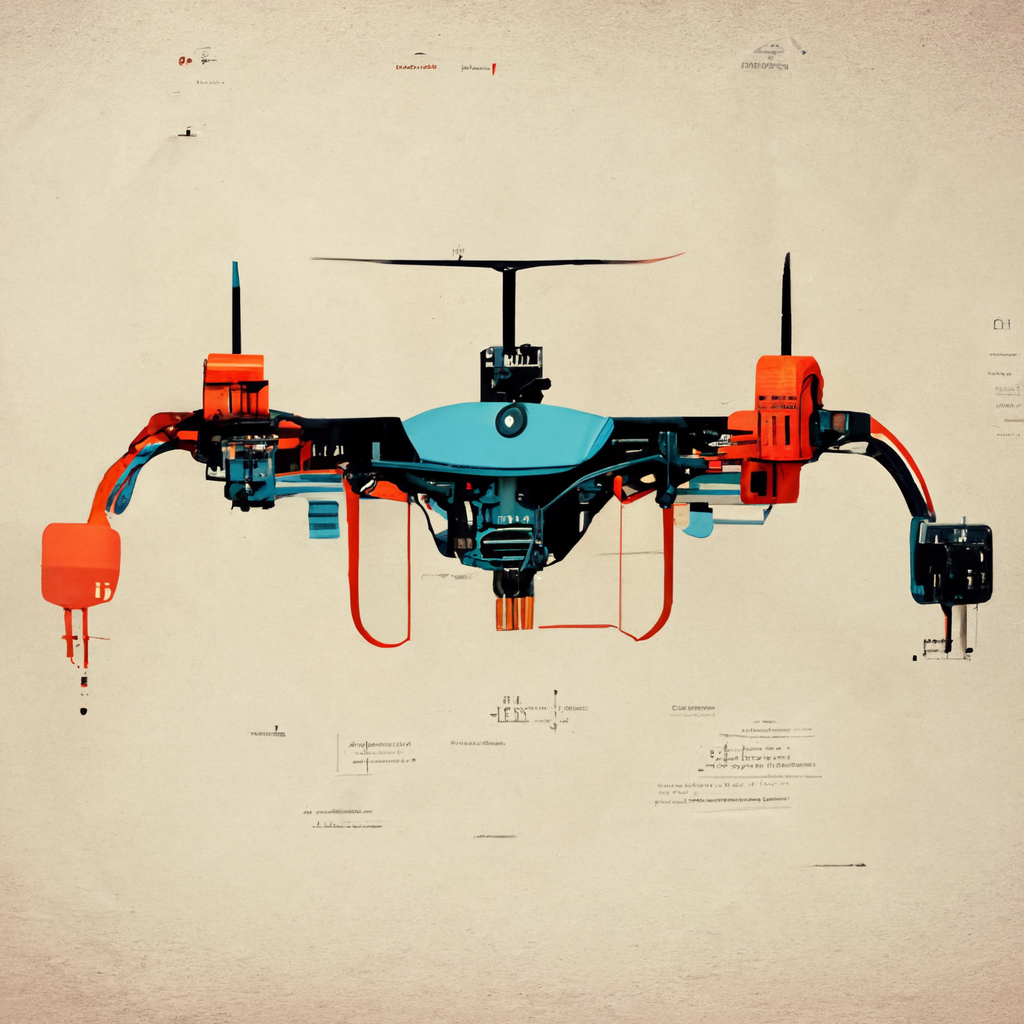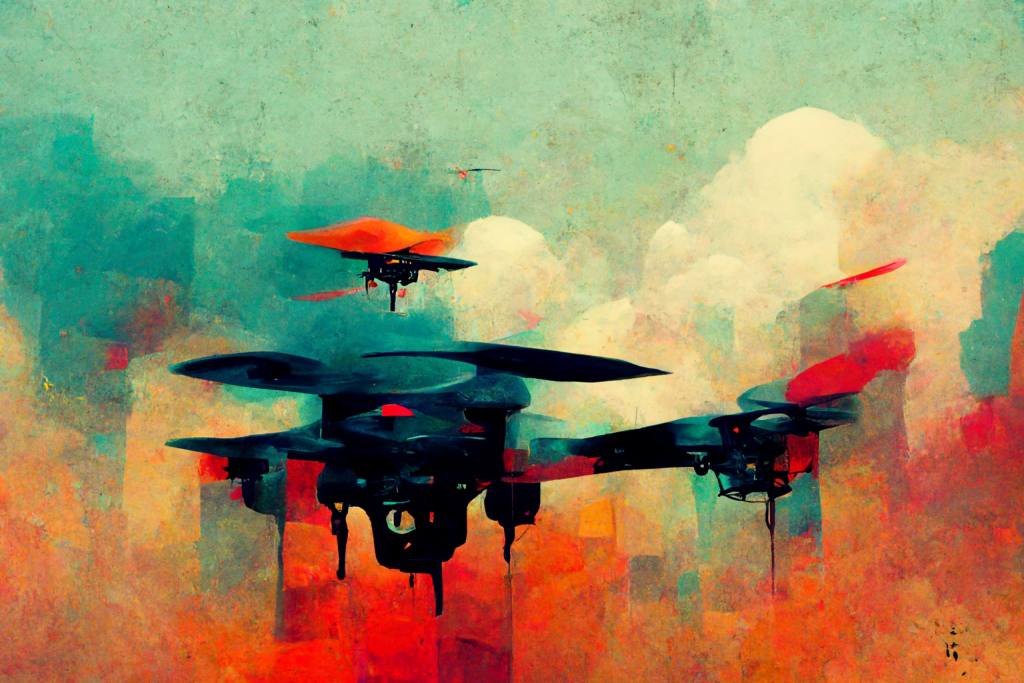A LeadBelt Gaming Guide Series
The different components of a racing drone and how they impact its performance

The Basics
Racing drones are made up of several different components, each of which plays a critical role in the drone’s performance.
Frame:
- The frame of a racing drone is typically made of lightweight materials such as carbon fibre or aluminium. The frame should be strong and durable enough to withstand crashes and collisions.
- The design and shape of the frame can impact the drone’s speed and manoeuvrability. Some frames are designed for stability, while others prioritize speed and agility.
Motors:
- Racing drone motors are typically brushless and come in different sizes and speeds. The motors are responsible for propelling the drone through the air, and their speed and power impact the drone’s acceleration and top speed.
- Higher-quality motors can provide more power and faster speeds but also come with a higher price tag.
Prop
Additionally, racing drones tend to be much faster than other types of FPV drones. They are designed for speed and manoeuvrability, with high-quality motors and efficient propellers that allow them to reach top speeds of up to 100 miles per hour. They also have a much shorter flight time compared to other FPV drones, usually ranging from 5 to 10 minutes.
Another key feature of racing drones is their durability. They are built to withstand the rough and tumble nature of racing, with sturdy frames and crash-resistant components. Racing drones also tend to be relatively lightweight, allowing for greater manoeuvrability and faster speeds.
In contrast, freestyle drones and cinematic drones prioritize stability and smooth footage over speed and agility. They tend to be larger and heavier than racing drones, with longer flight times of up to 20 minutes. These types of FPV drones also typically have more advanced camera systems, with gimbal stabilization and higher-quality lenses for better video footage.



Thoughts and Views
So overall, the key features of racing drones include their speed, manoeuvrability, durability, and lightweight design. While they may not be ideal for capturing high-quality footage or flying for extended periods of time, they are perfect for adrenaline-filled racing competitions and intense manoeuvres.
Another important feature of racing drones is their agility and speed. Racing drones are designed to be extremely fast and manoeuvrable, allowing pilots to navigate through complex courses and obstacles with ease. These drones can reach top speeds of up to 100 miles per hour and have exceptional acceleration and turning abilities.
In terms of size, racing drones are generally smaller and more compact than other types of FPV drones. This allows for greater manoeuvrability and agility, as well as faster speeds and improved handling. However, the smaller size can also mean less stability and reduced flight time due to smaller batteries.
Finally, racing drones often come equipped with specialized features and components to enhance their performance on the racecourse. These may include specialized motors and propellers, high-capacity batteries, and advanced flight controllers and software.
Overall, racing drones are designed to be fast, agile, and responsive, with a focus on high performance and manoeuvrability. While they may not have the same capabilities as other types of FPV drones for aerial photography or videography, they excel at navigating complex courses and obstacles, making them a popular choice for drone racing enthusiasts.

Comments are closed